Wood furniture requires regular attention to keep it looking its best. Dusting with a soft, lint-free cloth can prevent dirt buildup that may scratch the surface. For deeper cleaning, using a damp cloth followed by a dry one can help remove grime without damaging the finish. Applying a high-quality wood polish or wax periodically can protect the surface and enhance the natural beauty of the wood. Avoid placing hot items directly on wooden surfaces, as heat can cause warping or discoloration. Coasters and placemats can serve as protective barriers against heat and moisture.
Upholstered furniture demands a different approach. Vacuuming regularly helps eliminate dust and debris that can accumulate in the fabric. Spot cleaning stains promptly is essential for preventing them from setting in. Using a mixture of mild soap and water can effectively treat many common stains, but testing any cleaning solution on a hidden area first is advisable to avoid discoloration. Professional cleaning services may be necessary for deeper cleaning, especially for delicate fabrics.
Metal furniture can be both stylish and durable, but it also requires specific care. Regularly wiping down metal surfaces with a soft cloth can prevent rust and corrosion. For outdoor metal furniture, applying a protective coating can help shield it from the elements. In cases of rust, gently sanding the affected area and repainting can restore its original appearance. Keeping metal furniture dry and storing it indoors during harsh weather can significantly prolong its life.
Leather furniture is known for its elegance but requires careful maintenance to prevent cracking and fading. Regular dusting and occasional conditioning with a leather conditioner can keep the material supple and prevent it from drying out. Avoid exposing leather to direct sunlight for extended periods, as this can lead to fading and damage. Spills should be blotted immediately with a clean, dry cloth to prevent staining.

Glass furniture adds a modern touch to any home, but it can be prone to fingerprints and smudges. Using a glass cleaner and a microfiber cloth can keep surfaces sparkling. For safety, regularly checking for any loose or damaged edges is wise, especially in high-traffic areas. Ensuring that glass furniture is placed securely and away from potential hazards can prevent accidents.
Regular inspections of furniture are vital for identifying any wear and tear. Tightening screws, replacing worn-out cushions, and addressing minor repairs promptly can prevent more significant issues from developing. Keeping an eye on the joints and connections of wooden furniture can help maintain stability and functionality.
Seasonal maintenance is also beneficial for outdoor furniture. Cleaning and storing pieces during the off-season can prevent weather-related damage. Using protective covers can shield outdoor furniture from rain, snow, and UV rays, ensuring that it remains in good condition for future use.
Understanding the specific maintenance needs of different types of furniture can greatly enhance their longevity. Establishing a routine that incorporates regular cleaning, protective measures, and timely repairs will ensure that your furniture remains a beautiful and functional part of your home for many years. Investing time in proper care not only preserves the appearance of your furniture but also maintains its value, making it a worthwhile endeavor.

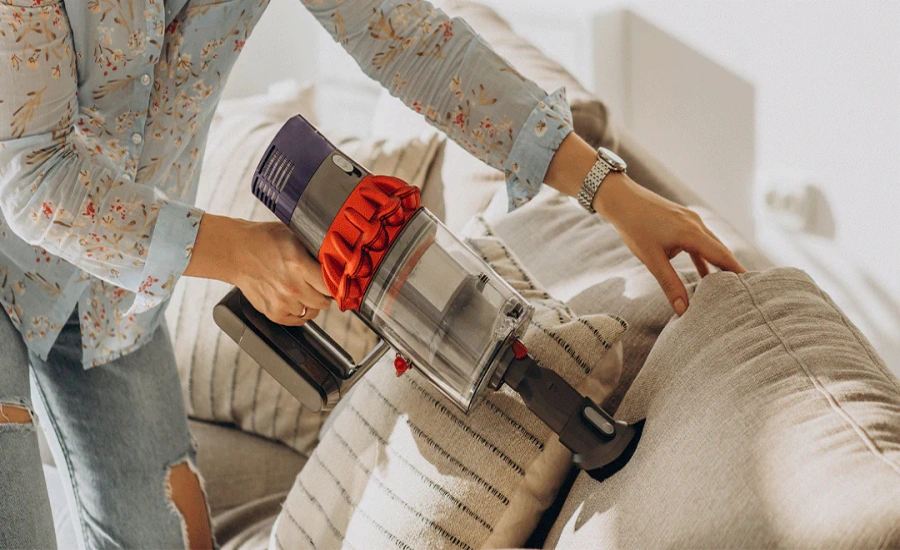
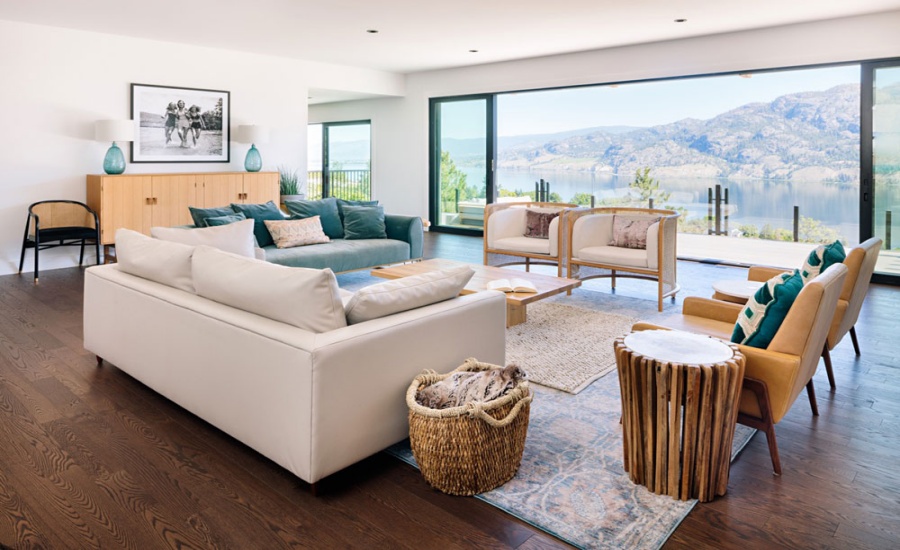
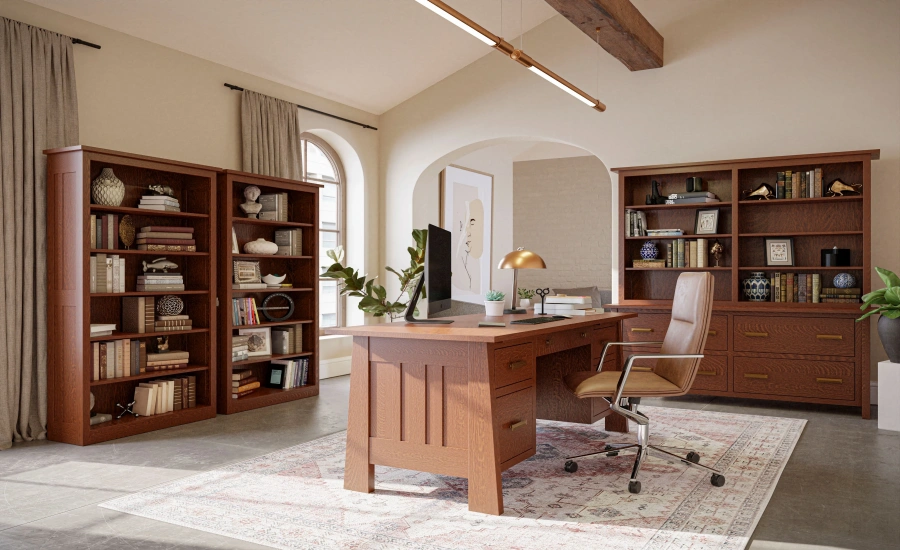

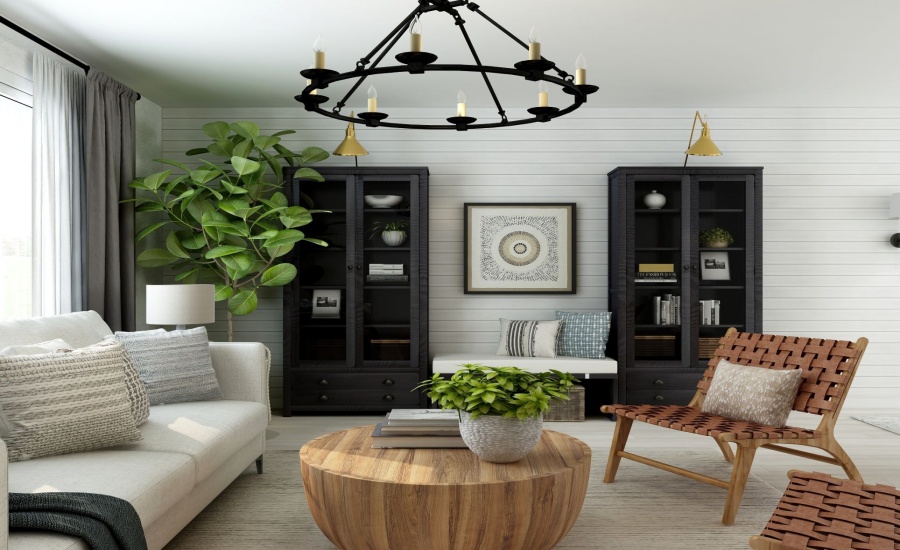

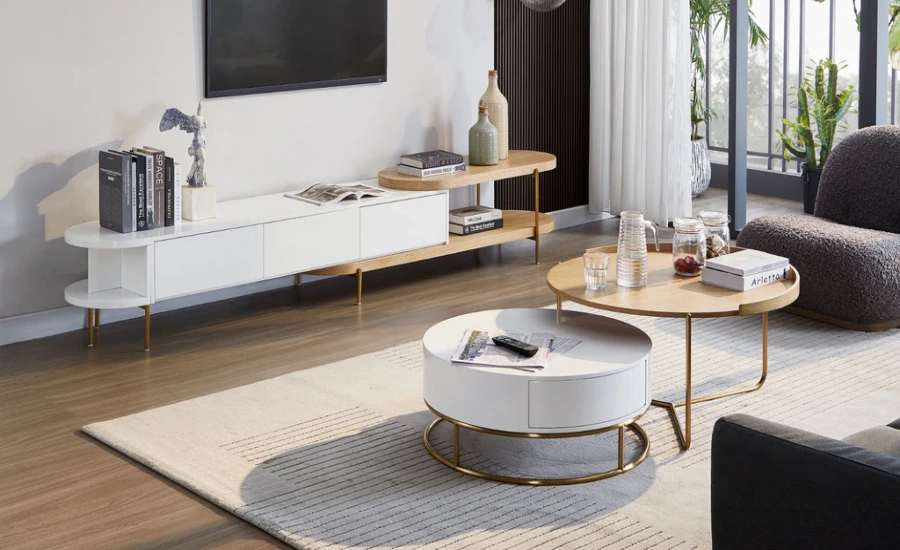

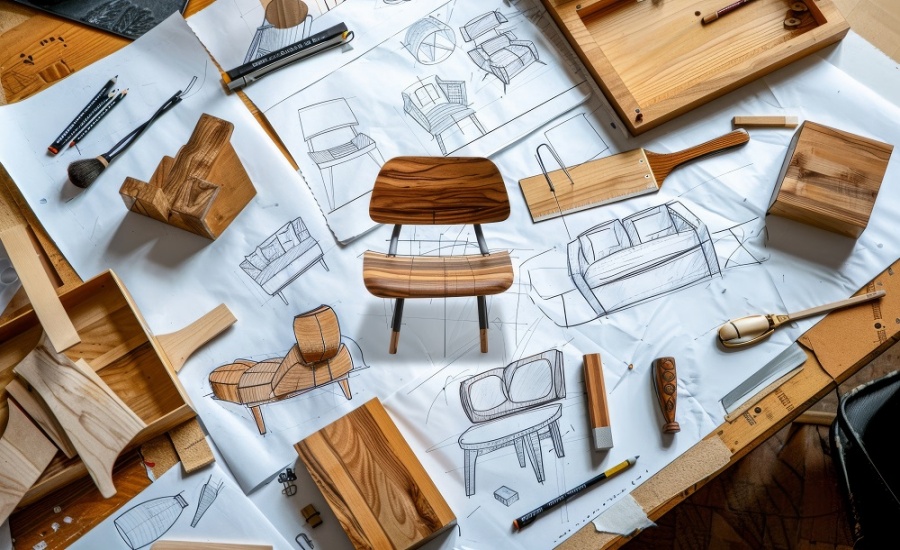



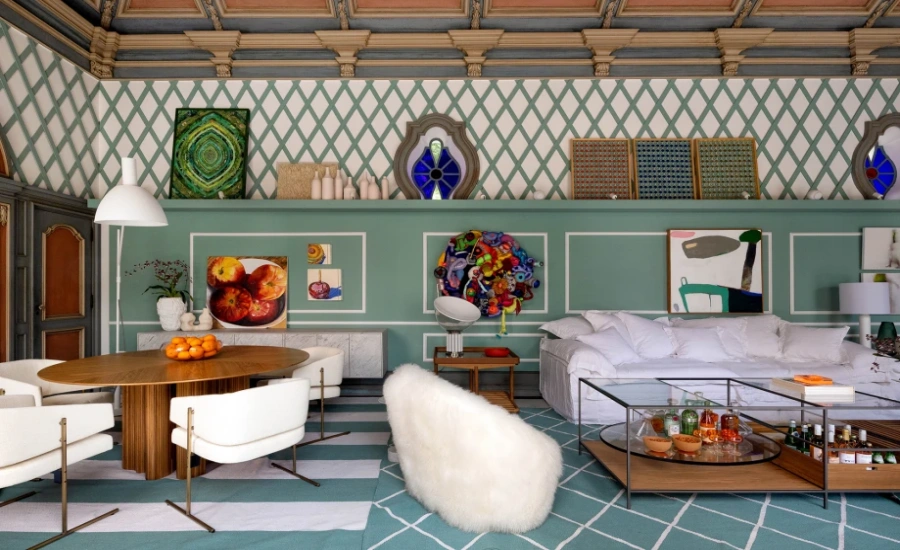
Leave a Reply